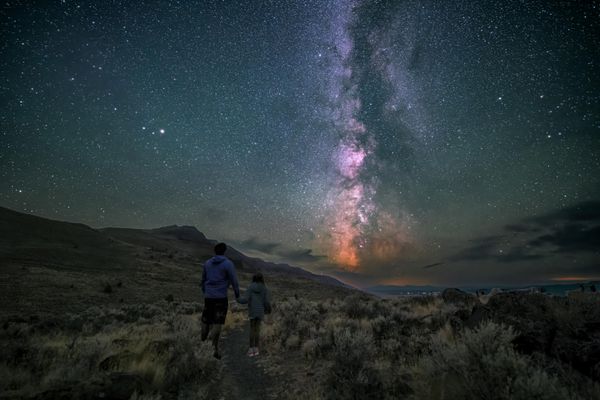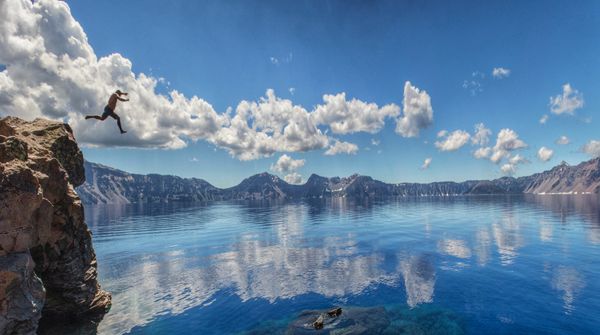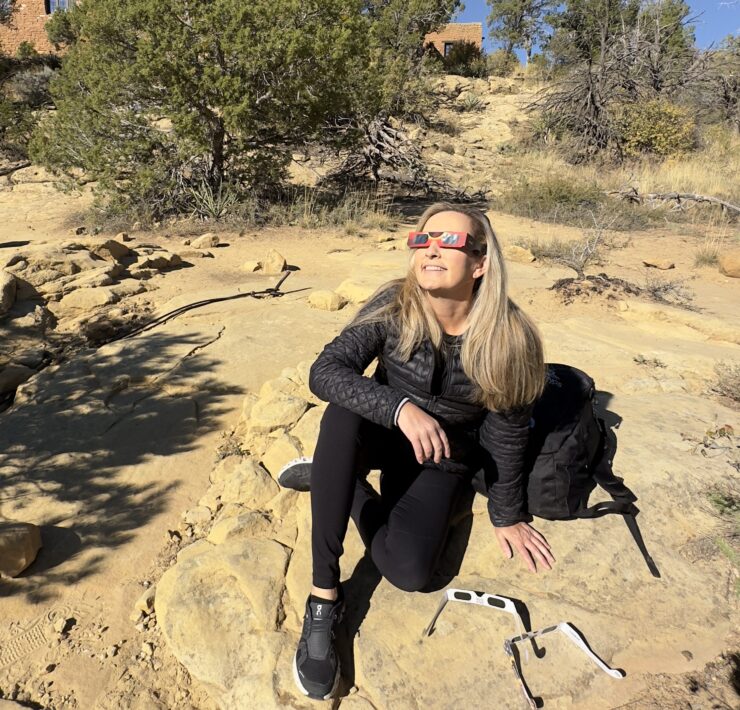A 2.5-million-acre area of southeastern Oregon was certified as an International Dark Sky Sanctuary today by DarkSky International, making it the world’s largest Dark Sky Sanctuary to date. The Sanctuary, which is approximately one-half the size of New Jersey and is located within an area commonly referred to as the Oregon Outback, has committed to protect its starry night skies for the benefit of visitors, residents, and wildlife.
A Dark Sky Sanctuary is a certification given by the DarkSky International to public or private land that has an exceptional or distinguished quality of starry nights and a nocturnal environment that is protected for its scientific, natural, or educational value, its cultural heritage, and/or public enjoyment.
To qualify as a Dark Sky Sanctuary, the area must meet strict criteria for sky quality, commit to protecting the night sky through responsible lighting practices, and provide public outreach. These sanctuaries provide opportunities for stargazing, astrophotography, and other nighttime activities that benefit from minimal light pollution.
 The Outback is located within the largest, contiguous, pristine dark sky zone in the lower 48 states, and this certification helps to protect a large portion of the designated zone. Within the Oregon Outback International Dark Sky Sanctuary (OOIDSS) are the unincorporated communities of Adel, Plush, and Summer Lake, the Hart Mountain National Antelope Refuge, a portion of the Fremont-Winema National Forest, nearly 1.7 million acres of land managed by the U.S. Bureau of Land Management, the Oregon Department of Fish and Wildlife’s Summer Lake Wildlife Area, nearly 80,000 acres of state-owned rangeland, and the Oregon Outback Scenic Byway.
The Outback is located within the largest, contiguous, pristine dark sky zone in the lower 48 states, and this certification helps to protect a large portion of the designated zone. Within the Oregon Outback International Dark Sky Sanctuary (OOIDSS) are the unincorporated communities of Adel, Plush, and Summer Lake, the Hart Mountain National Antelope Refuge, a portion of the Fremont-Winema National Forest, nearly 1.7 million acres of land managed by the U.S. Bureau of Land Management, the Oregon Department of Fish and Wildlife’s Summer Lake Wildlife Area, nearly 80,000 acres of state-owned rangeland, and the Oregon Outback Scenic Byway.
The intentions behind pursuing a large-scale sanctuary are to protect much of the unique, pristine, dark sky zone, to keep any additional dark sky recreation dispersed (as it is now), to allow a number of incorporated gateway communities to economically benefit from the same project, and to more effectively and efficiently manage a certification within a remote area.[AG3]
“As the population of Oregon and the trend of light pollution continue to rise, the unparalleled scale and quality of the Outback’s dark skies will long serve as a starry refuge to people and wildlife alike,” said DarkSky Delegate Dawn Nilson, the environmental consultant who managed and authored the application. “Adherence to the Lighting Management Plan (LMP) will allow this large expanse of land to serve as a demonstration site of sustainable lighting principles not only within southeastern Oregon but possibly the Pacific Northwest Region.”
“This four-year collaboration brings together so many of the elements we try to achieve in regenerative tourism,” said Bob Hackett, Executive Director of Travel Southern Oregon. “It not only elevates the destination experience for visitors to Lake County and opens up opportunities for local businesses, but it also helps agencies and residents steward their lands in ways that celebrate a legacy of starry night skies for generations to come.”
The OOIDSS is situated in the northern extent of the Basin and Range Province of the Western United States. It’s sparsely populated, very remote, and primarily comprised of public lands. It’s a high desert area characterized by sage scrub and abrupt changes in topography that alternates between narrow faulted mountain chains and flat, arid valleys and basins.
Within this unique geography of geological wonders is priority habitat for an array of wildlife, including American pronghorn, bighorn sheep, sage grouse, white-tailed jack rabbit, and migratory birds navigating the Pacific Flyway. The region is also culturally significant and is home to a 13,000-year-old human occupation site. Dispersed within the OOIDSS are hot springs, wild horses, private rangelands, ranches, and cattle.
During the nomination process, stakeholders also participated in night sky monitoring, lighting inventories, lighting improvements (i.e., decommissioned 14 lights and retrofitted 60 lights on public and private land). Education and outreach efforts included: Stargazing & Natural Night Skies Webinar Series, screenings of the film Saving the Dark, tri-county library access to Night Sky Adventure Kits, dark sky gatherings, local dark sky videos, educational exhibit tables coinciding with popular local events, dark sky presentations and workshops, and library programs as well as partnering with the neighboring Idaho Dark Sky Alliance to cohost educational events.







